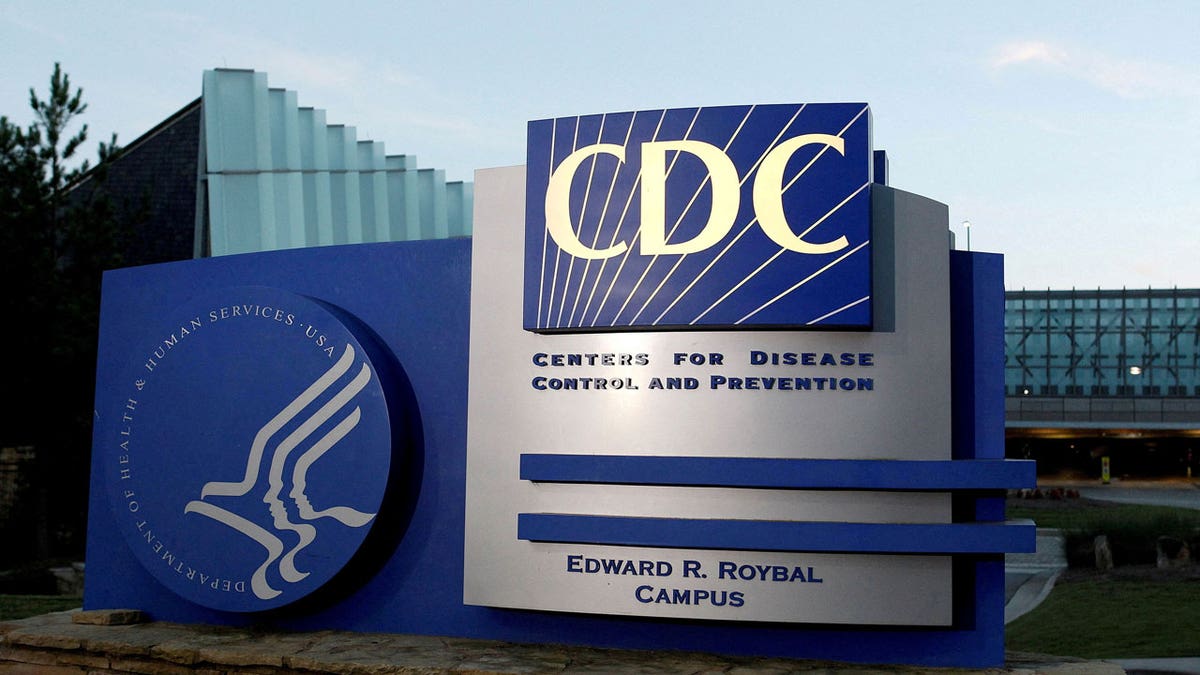Obesity maps: CDC reveals which US states have the highest body mass index among residents
All U.S. states have an obesity rate among their residents of higher than 20%, which is at least one in five adults — and many exceed that.
The Centers for Disease Control and Prevention (CDC) published its 2022 Adult Obesity Prevalence Maps on Thursday, detailing obesity rates for the 50 states, the District of Columbia and three U.S. territories.
The three states with the highest obesity prevalence among their residents were Louisiana, Oklahoma and West Virginia, all of which had a 40% or higher rate.
HEART DISEASE DEATHS LINKED TO OBESITY HAVE TRIPLED IN 20 YEARS, STUDY FOUND: ‘INCREASING BURDEN’
Nineteen states had obesity rates between 35% and 40%, the report said.
Twenty-two states ranged from 30% and 35% for obesity rates, up from 19 states in 2021.
These included Alabama, Arkansas, Delaware, Georgia, Indiana, Iowa, Kansas, Kentucky, Louisiana, Mississippi, Missouri, Nebraska, North Dakota, Ohio, Oklahoma, South Carolina, South Dakota, Tennessee, Texas, Virginia, West Virginia, and Wisconsin.
The three states with the highest obesity prevalence among their residents were Louisiana, Oklahoma and West Virginia, all of which had a 40% or higher rate.
Regionally, the Midwest had the highest rates of obesity at 35.8%, followed by the Southern states (35.6%), the Northeast (30.5%) and the West (29.5%).
The report drew data from the Behavioral Risk Factor Surveillance System, a telephone interview survey conducted on an ongoing basis by CDC and individual state health departments.

“Our updated maps send a clear message that additional support for obesity prevention and treatment is an urgent priority,” said Dr. Karen Hacker, director of the CDC’s National Center for Chronic Disease Prevention and Health Promotion, in a press release from the agency.
“Obesity is a disease caused by many factors, including eating patterns, physical activity levels, sleep routines, genetics and certain medications,” she went on.
BMI MEASUREMENT DEEMED ‘RACIST’ IN NEW MEDICAL REPORT: ‘THIS IS POLITICS, NOT MEDICINE’
“However, we know the key strategies that work include addressing the underlying social determinants of health, such as access to health care, healthy and affordable food, and safe places for physical activity.”
Obesity rates were based on the share of adults who had a body mass index (BMI) equal to or greater than 30 based on their self-reported weight and height.
Obesity rates by race and ethnicity
There was a wide variance among individual ethnic groups.
Among non-Hispanic Black adults, 38 states saw obesity rates of 35% or higher.
For non-Hispanic American Indian or Alaska Native adults, 33 states or territories had obesity rates of 35% or higher.

Hispanic adults had at least that level of obesity in 32 different states.
For non-Hispanic White adults, 14 states had 35% or higher obesity.
Non-Hispanic Asian adults did not have that rate in any states or territories.
Variances by education and age
People with higher levels of education were less likely to have obesity, the CDC found.
Adults without at least a high school diploma had the highest obesity rates, at 37.6%.
CLICK HERE TO SIGN UP FOR OUR HEALTH NEWSLETTER
Those with some college education had 35.9% obesity rates, followed by high-school graduates (35.7%) and college graduates (27.2%).
Young adults between 18 and 24 years old had the lowest obesity rate at 20.5%, while adults aged 45 to 54 had the highest rates (39.9%).
“Obesity is a primer for age-related disease and early death. Being categorically obese is associated with a two- to 10-year reduction in life expectancy.”
Dr. Brett Osborn, a Florida neurologist and longevity expert, calls obesity a “gateway disease” to type 2 diabetes, heart disease, cancer and even Alzheimer’s – “the diseases that kill most Americans,” he told Fox News Digital.
“Unlike [with] the COVID-19 pandemic, during which people were acutely ill – it was obvious – obesity kills you insidiously,” Osborn said.

“Obesity is a primer for age-related disease and early death,” he went on. “Being categorically obese is associated with a two- to 10-year reduction in life expectancy.”
“This would translate to hundreds of thousands of years of life lost — in a single year — given the CDC’s reported increase in obesity incidence among Americans.”
Medical costs related to obesity totaled nearly $173 billion in 2019, the CDC reported.
Said Osborn, “Unless we fix the obesity problem – and referring to it as a ‘problem’ is an understatement – the population en masse will be at an increasing risk for a reduced health span and foreshortened lifespan.”
For more Health articles, visit www.foxnews.com/health.
Read the full article Here


